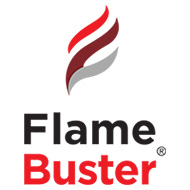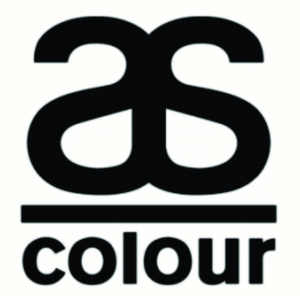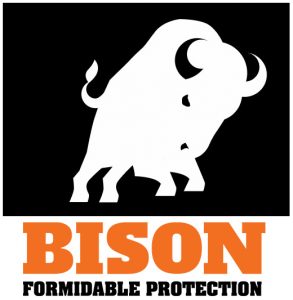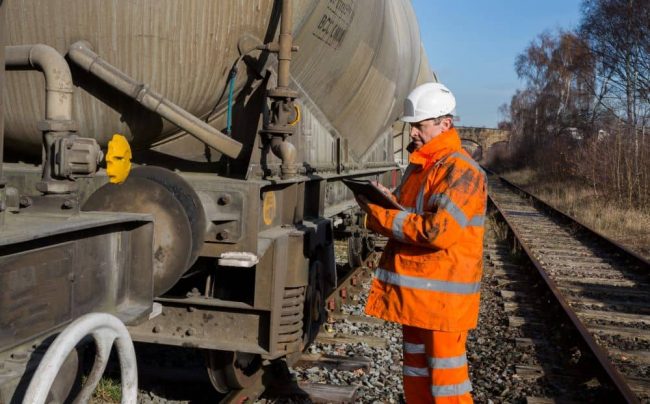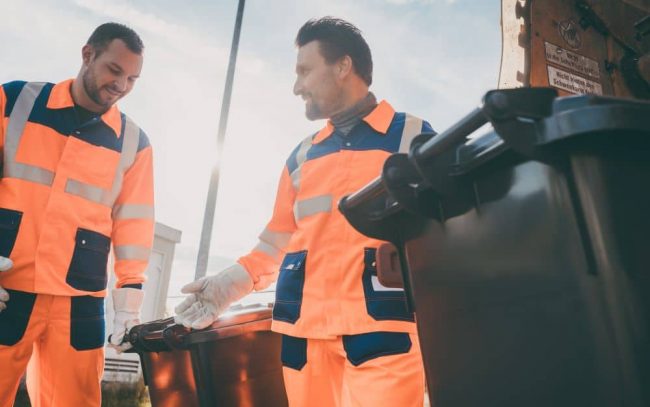If you wear safety gear or hi-visibility workwear, you most likely understand that rips, tears, dirt, and stubborn stains are to be expected. You dress in these types of clothing to protect yourself from hazards and elements on the job site. Whether you often face inclement weather, chemicals, or other dangers, you need a good quality piece of clothing every time you go to work. Your daily uniform should be durable with stain-resistant materials and other useful properties.
Why You Should Wash Safety and Hi-Vis Workwear Regularly and Properly
Like your other clothes, workwear requires good care, especially if you want it to last. These garments are normally built for extreme conditions, but it does not mean that they are impervious to damage. Washing your work gear is essential for the following reasons:
- Safety: The primary aim of donning safety clothing is to ensure that you are safe. If the garment or equipment is dirty or ripped, chances are you are not benefitting from it whatsoever. For example, you wear a fluorescent hi-vis jacket. However, there are stains on the retro-reflective material of the jacket. Unfortunately, these blemishes take away some visibility features of the jacket you are wearing. Drivers, machine operators, and even your fellow workers may not notice you right away, which is what hi-vis clothing is supposed to do. Proper care will help maintain the brilliance of your high-visibility jacket, which, therefore, retains its safety.
- Cleanliness: You are out there in the sun, sweating for hours. Even if you stay indoors, you break a sweat that sticks to your garment. If you do not wash your safety clothing, you and your clothes will surely smell bad. Germs and bacteria will stay on your clothes, which can lead to itching and skin irritation. A clean hi-vis garment is critical in looking professional.
- Cost-Effectiveness: Workplace gear is not cheap. It is an investment that you have to make, and that is important. After all, we are talking about your safety. Buying low-quality garments to save money could cost you your own life. Your hi-vis clothing should always be clean before storing it in your closet, which will give you plenty of years of good performance out of your investment. This way, you do not have to keep replacing the items yearly or even every few months.
When you take care of your work gear, it can carry out its job to help protect you from hazards. That’s why you should take the necessary steps to make sure you wash and clean all your work garments regularly so that you’re ready for anything.
Tips for Washing Safety and Hi-Vis Clothing
Here are some of our best tips to correctly washing your safety garments to keep them clean and efficient for the years to come:
1. Always Read and Follow Manufacturer Instructions
Some gear can be machined washed; others cannot. The best way to know if your vest, jacket, pants, or whatever safety garment is machine washable is to check the tag. Read the instructions in the label, which explicitly states whether you can use or avoid the washing machine.
The manufacturer will also tell you the water temperature to use, detergent, and other care instructions. Always heed these directions to prevent damage to your workwear.
2. Machine Wash Carefully
If the safety gear can be machined washed, follow the instructions provided. If there are no specific rules, you can usually wash with cold water. It’s best to tumble on a low dry or low heat setting. If your machine has a line dry option, that would be useful as well.
We recommend washing your clothing inside out. Some people tend to pre-soak their clothes before washing them. This is useful with other garments but not your safety items. Make sure you never pre-soak your clothes unless the manufacturer advises you to do so.
You do not have to load your safety clothes one by one. However, it would be best to only wash them with other workwear with like colours. Separate them from your casual attire to avoid stain transfer. Also, check that the other clothes do not have a hook, loop, and Velcro since these features can catch on your PPE’s breathable fabric or mesh, which can easily cause tears.
3. Spot Clean Whenever Needed
As soon as you get home, check if there are any blemishes. Try removing them with a wet soft sponge or cloth with mild detergent. Spot cleaning helps remove dirt and stains before they harden or settle.
4. Know How to Wash and Clean the Reflective Tape of Your Gear Correctly
Special garments, including those with reflective tapes and unique fabrics, require specific care. Be very cautious when cleaning and washing your protective apparel that comes with fire-resistant features. Once again, you should check the instructions of the manufacturer. Improper washing can drastically reduce the clothing’s protective qualities, which increases the risk to the wearer.
5. Determine the Correct Cleaning Frequency
You will often find guides that tell you to clean your hi-vis clothing regularly. But how regular should it be? You do not have to wash your clothes right after every shift. Try to wash once or twice a week to protect the clothing’s special features. That is why it is significant to have other garments so you can rotate wearing them and give the workwear a rest.
Schedule washing for your workwear, ensuring that you do not wait too long to remove any stains. Remember that the longer you wait, the harder it will be to remove dirt on the surface of the clothing.
Multiple washes may be inevitable in some instances to remove stains. However, doing so can fade the base fabric and the reflective tape’s brightness. Try to reduce the washing frequency and wipe and dust instead. These methods will extend the life of your high visibility apparel.
6. Learn Which Detergents to Use and Avoid
Common sense tells you not to use bleach when washing your safety clothing. Although tempting because there could be stains, never use bleach or similar products. Also, avoid fabric softener, which often contains brightening ingredients.
When it comes to your laundry detergent, pick one that’s labelled as mild and biodegradable. Liquid detergents are preferred over powders, which can contain abrasives. Some of these granules may not dissolve properly and can hurt the clothing.
Quick Dos and Don’ts of Cleaning Safety Workwear
- Do mind your surroundings by exerting extra effort in reducing the chances of attracting dirt that can damage the garment. For example, take off your hi-vis clothing if you will drink coffee or write something to avoid coffee or ink stains on the fabric.
- Do not shake clothing to remove dirt and dust. Instead, take it off immediately and spot clean. Launder when necessary.
- Do transfer clothing to the dryer after washing and make sure it dries completely. You can also hang the garment as soon as you are done washing.
- Do not iron unless the clothing instructions tell you to do so. It is always best to hang the clothing immediately after washing. This technique helps present creasing.
- Do dry the correct way if you’re going to hang the gear, which should be away from direct sunlight.
- Do retire clothing if damaged. Your safety is why you are wearing protective garments, so prioritise it over saving money.
Finally, do go for quality clothing. Caring and cleaning regularly can make a huge difference when it comes to your workwear. You can save money and ensure that your apparel is usable for a long time.
However, you can only do so much if you buy poor quality workwear. Start smart with high-quality clothing, which you can find here on The Workers Shop. Buy products that last longer and are more durable even in harsh conditions.












